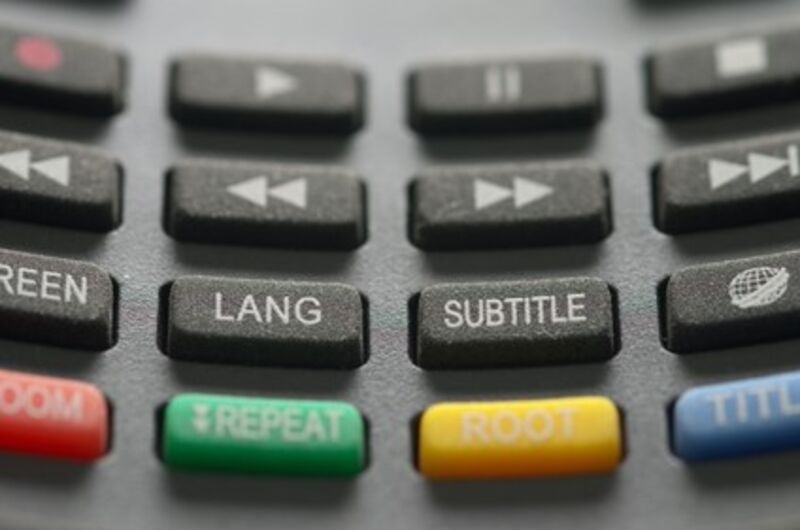
Can you turn that up a little?
I catch myself saying that often, especially when I am watching tv or when I am listening to something on the radio. It is not because I cannot get enough of it: it is because my hearing has not always been that great. For as long as I can remember, I have experienced some degree of hearing difficulty and hearing loss (particularly in my right ear). This has caused me to miss out on important information (because my hearing is affected) and caused me a great deal of embarrassment (since I find myself asking people to repeat things they have just said).
Statistic about hearing disabilities
According to the National Institute on Deafness and Other Communication Disorders (NIDCD), approximately 15% of American adults (~37.5 million) over the age of 18 report some trouble hearing. Luckily, for me and millions of others, the world of closed captioning, subtitles and transcripts have made our hearing experience a little better. But aren’t these things the same? Well, not quite, but they all work to help people with hearing disabilities understand the world around them.
Closed Captioning (CC)
Closed captioning (CC) displays the audio portion of a television program as text on the screen, relaying important information for individuals who are deaf or hard-of-hearing. According to the Federal Communications Commission (FCC), Congress requires video programming distributors (such as cable operators, broadcasters, and other video programming companies) to close caption their TV programs. There are certain rules to be followed, according to the FCC:
- Captions must be identical to the spoken words in the dialogue and communicate background noises and other sounds as much as possible.
- Captions must be in synch with the spoken words and related sounds at a speed that is easy to be read by viewers.
- Captions must be available from the beginning to the end of the program as much as possible.
- Captions must not block important visual context on a screen, overlap or run off the screen.
As the technology has evolved, video platforms have become much more accurate in providing closed captioning to viewers. It is also equally as important that these closed captions are easy to read for viewers. Making them accessible to all also means that they follow accessibility guidelines in ensuring that they have good contrast, are of decent size and set against a background that does not allow them to be hard to see if the background changes.
While most of the time closed captions work as intended, in my experience, I have found that they can be especially difficult to follow during live sporting events. The text on screen often comes in late, in segments and is misaligned. It can also be hard to understand if there is a long pause or delay in relaying the information on the screen.
Subtitles
Although closed captions are like subtitles, the difference here is that subtitles are simply a translated version of the video’s transcription. Subtitles typically appear at the bottom of the screen and are helpful for viewers who do not understand the language but may still be able to hear sounds and can understand which person is speaking. They are especially helpful at 30,000 feet when the loud sounds of an engine jet interfere with headphones!
There are also subtitles available for deaf or hard-of-hearing viewers and can also include speaker identification and sound effects. Not only do subtitles help individuals with hearing difficulties, they reach a larger audience that includes nonnative English speakers and individuals with other disabilities, such as autism, ADHD, or dyslexia. Subtitles can increase the overall viewing experience for all.
Transcripts
Transcripts are simply a text version of the speech and non-speech audio information that is needed to understand the content. Depending on the quality of either subtitles or closed captioning, I often rely on transcripts to find any important information that I might have missed while reading and listening to something. To get as much of the viewing experience as possible, I tend to read quickly and finish way before the spoken word has finished. This allows me time to look at what is happening on the screen and to process the information.
Give it a try!
Even if you do not have hearing difficulties or hearing loss, give closed captions, or subtitles a try next time you watch something! You may be missing some important information or find that it helps increasing the context of the material on screen.